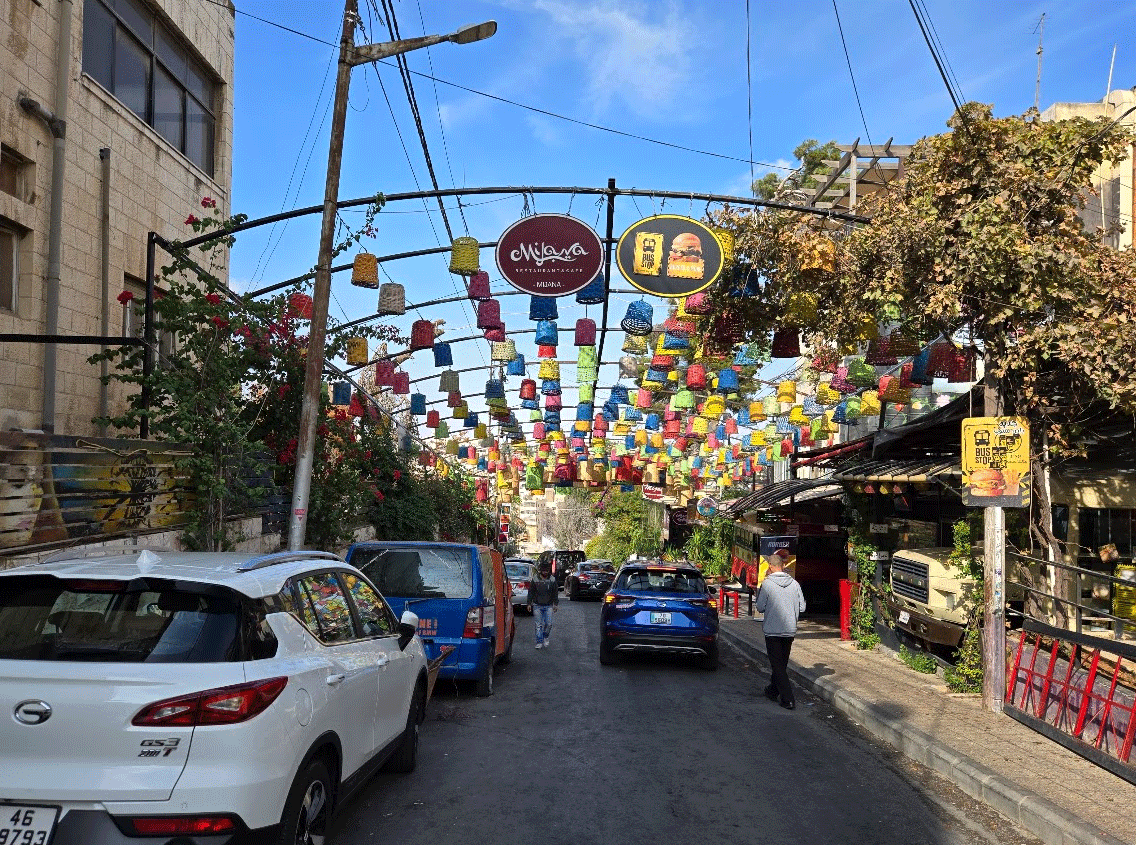A Journey Through Amman: Where Ancient Meets Modern in Jordan’s Capital
Perched across seven hills like Rome, Amman presents a captivating tapestry of limestone-hued buildings cascading down steep valleys, creating an urban symphony in beige and white. This city, once known as Philadelphia during Roman times, has evolved from a sleepy backwater into a sophisticated metropolis where ancient ruins stand shoulder-to-shoulder with gleaming high-rises and where the call to prayer mingles with the hum of contemporary life.
The King Abdullah Mosque, with its magnificent blue dome dominating the city’s skyline, serves as both a spiritual beacon and an architectural marvel. Built between 1982 and 1989, this modern Islamic masterpiece can accommodate up to 7,000 worshippers inside and another 3,000 in its courtyard. What sets it apart is not just its size or the intricate calligraphy adorning its walls, but its status as one of the few mosques in Jordan that welcomes non-Muslim visitors, offering a rare glimpse into Islamic architecture and spiritual life.
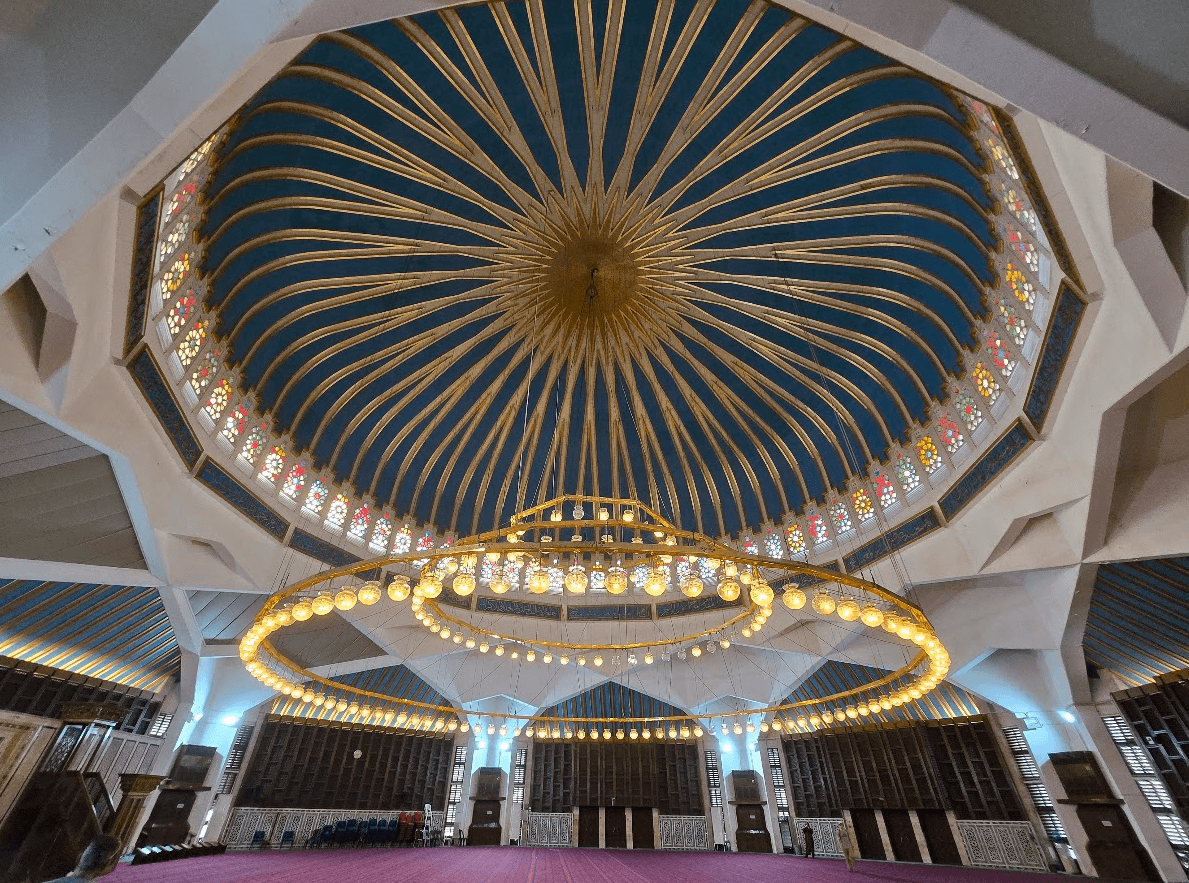
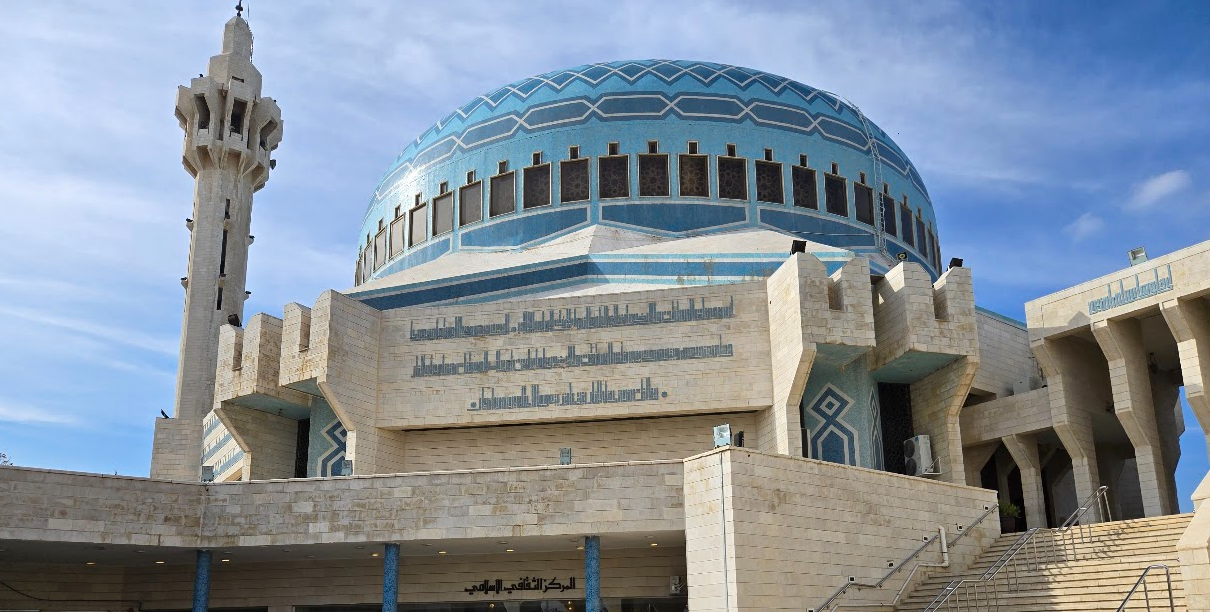
The Roman Theatre, carved into the side of a downtown hill, serves as a testament to Philadelphia’s Roman past. This 6,000-seat amphitheater, dating from the 2nd century AD, remains a marvel of acoustic engineering – drop a coin at its center, and the sound resonates throughout. Adjacent lies the more intimate Odeon, a 500-seat theater that once hosted musical performances. Today, both structures remain remarkably intact, hosting contemporary performances under the same stars that watched over ancient audiences.
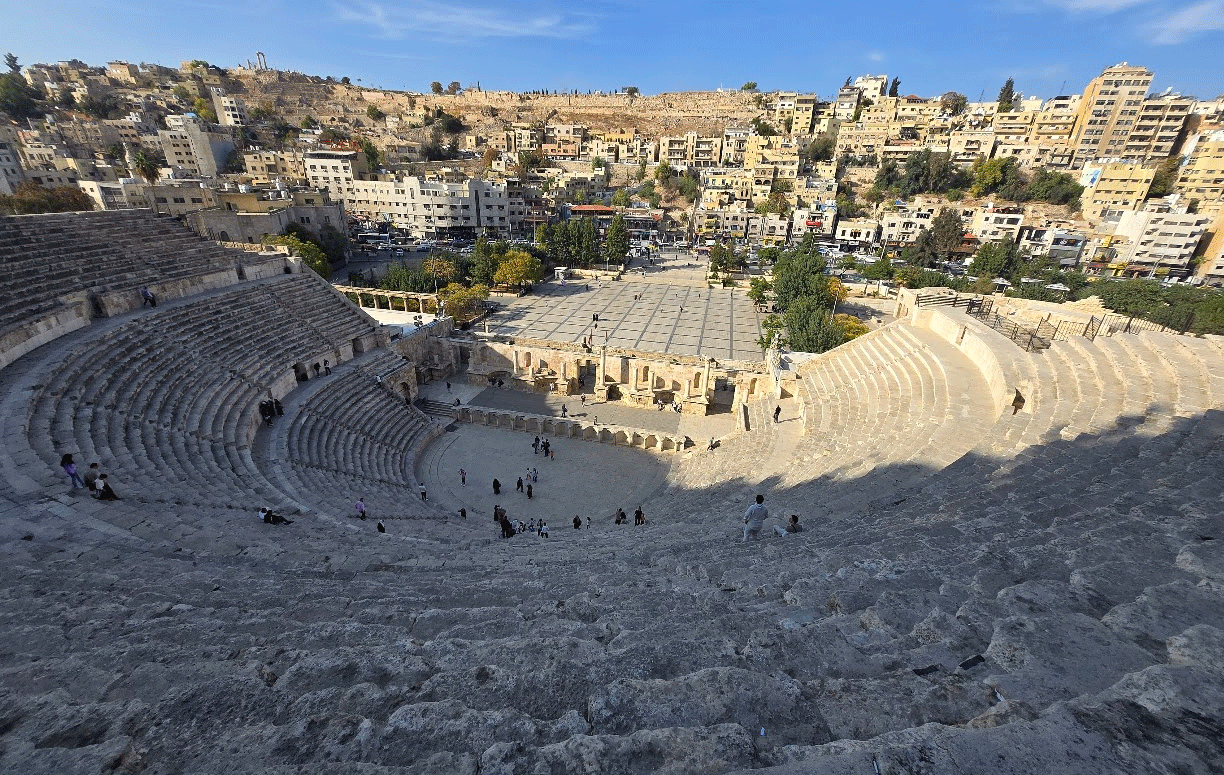
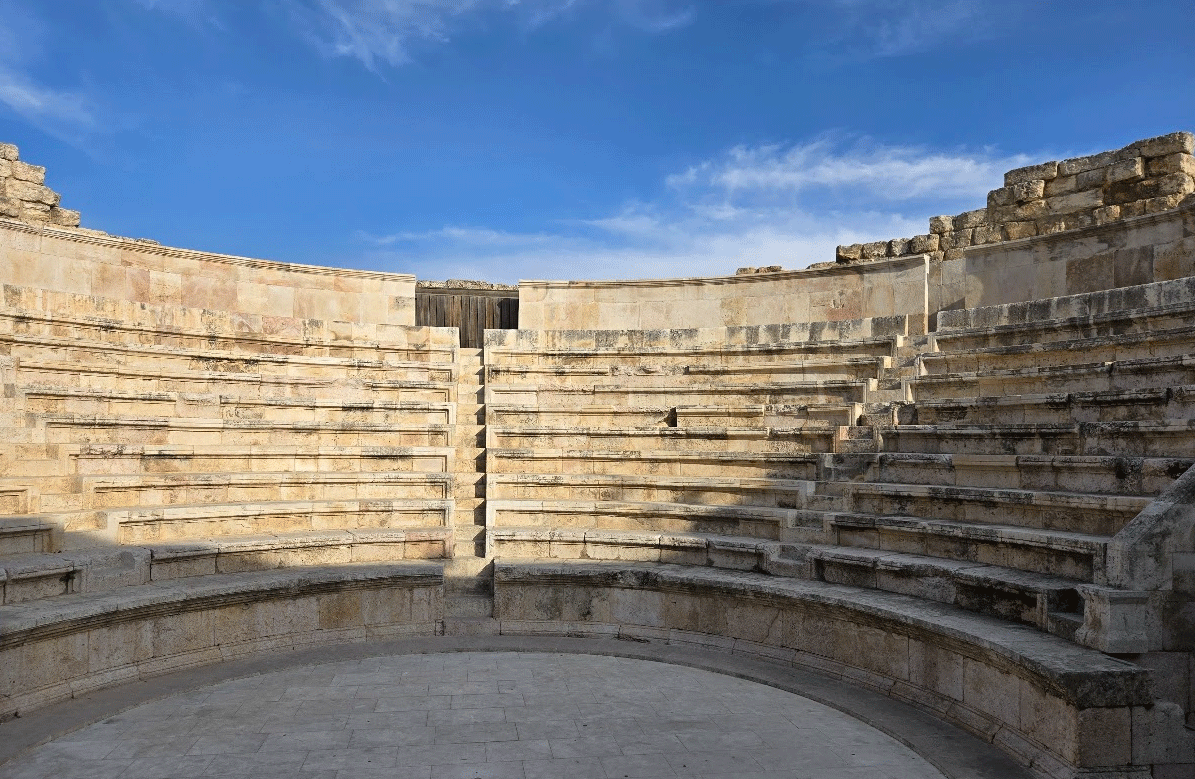
High above the city, the Citadel tells Amman’s story through its remarkable ruins. Here, the Temple of Hercules competes for attention with the dramatic Umayyad Palace complex. But it’s the modest yet sublime Umayyad Mosque that captures the imagination. Though mostly in ruins, its mihrab (prayer niche) still stands, a silent witness to centuries of devotion, while offering perhaps the most spectacular views over downtown Amman’s urban sprawl.
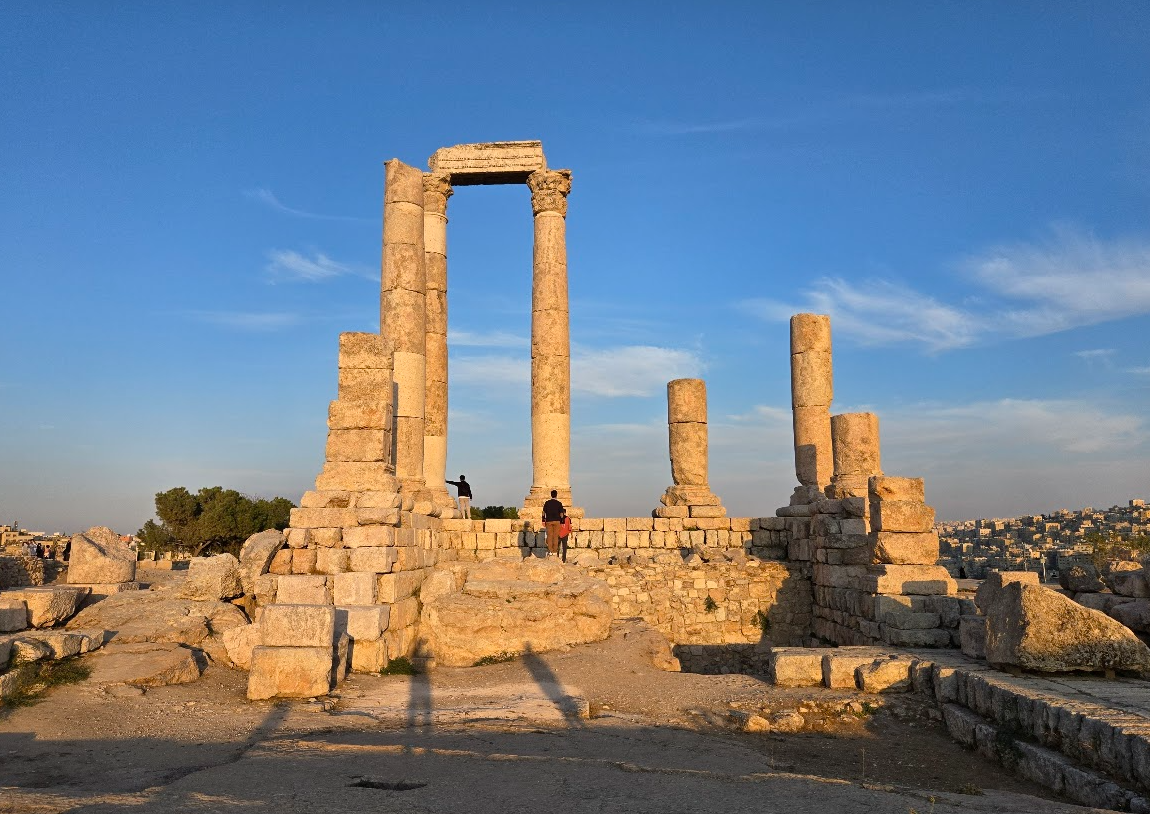
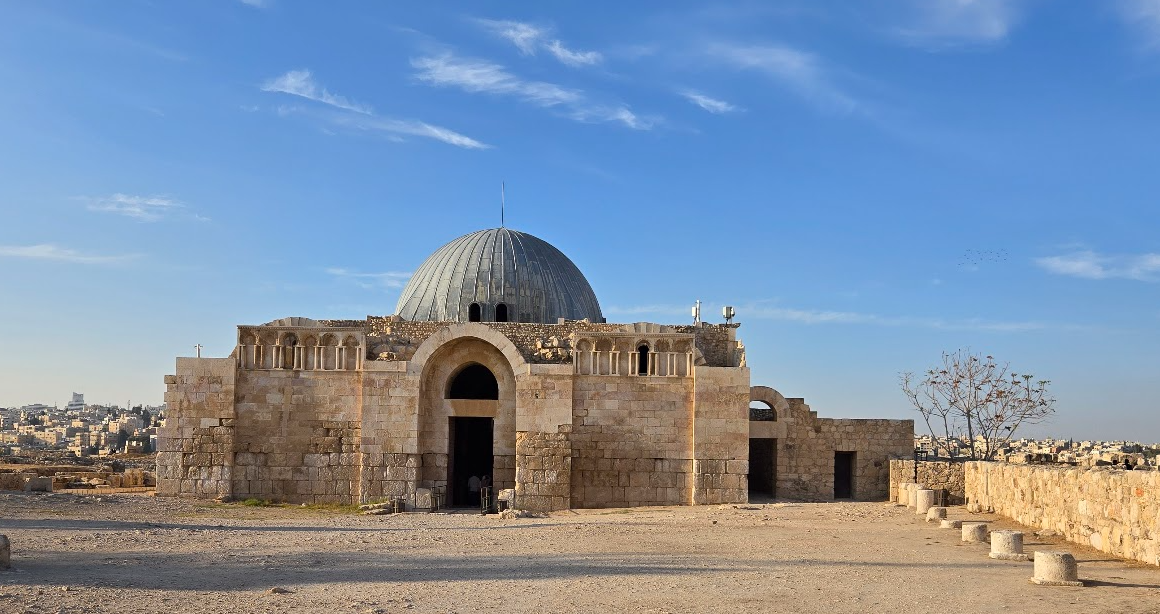
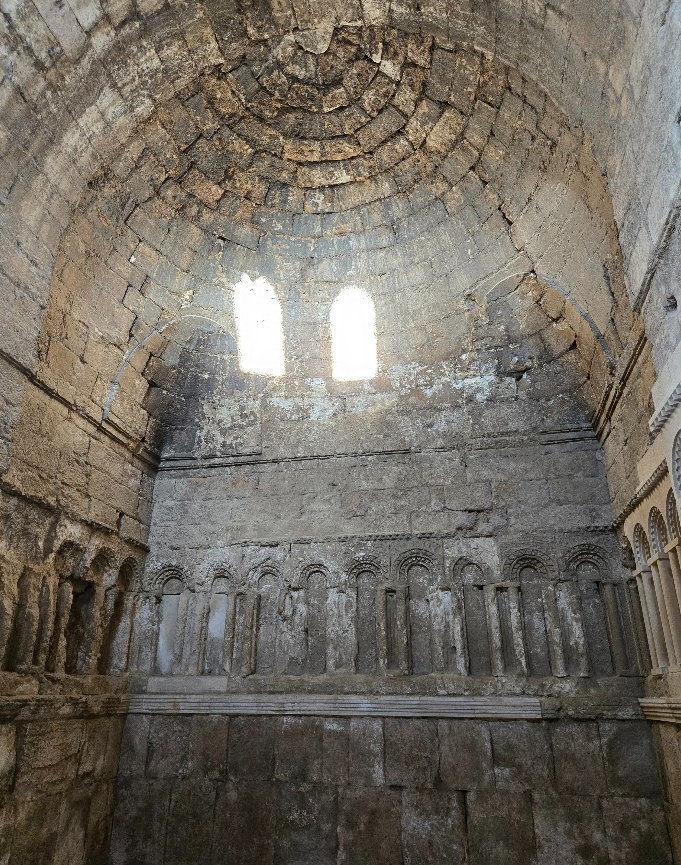
Downtown Amman, locally known as Al-Balad, pulses with an energy that’s almost tangible. In this urban maze, the air is thick with the scent of cardamom-spiced coffee and grilling meat. Vendors call out their wares in musical Arabic, while shops overflow with everything from golden-hued spices to handwoven textiles. The narrow streets wind between buildings that seem to lean into each other, creating an intimate atmosphere that feels more like a village than the heart of a capital city.
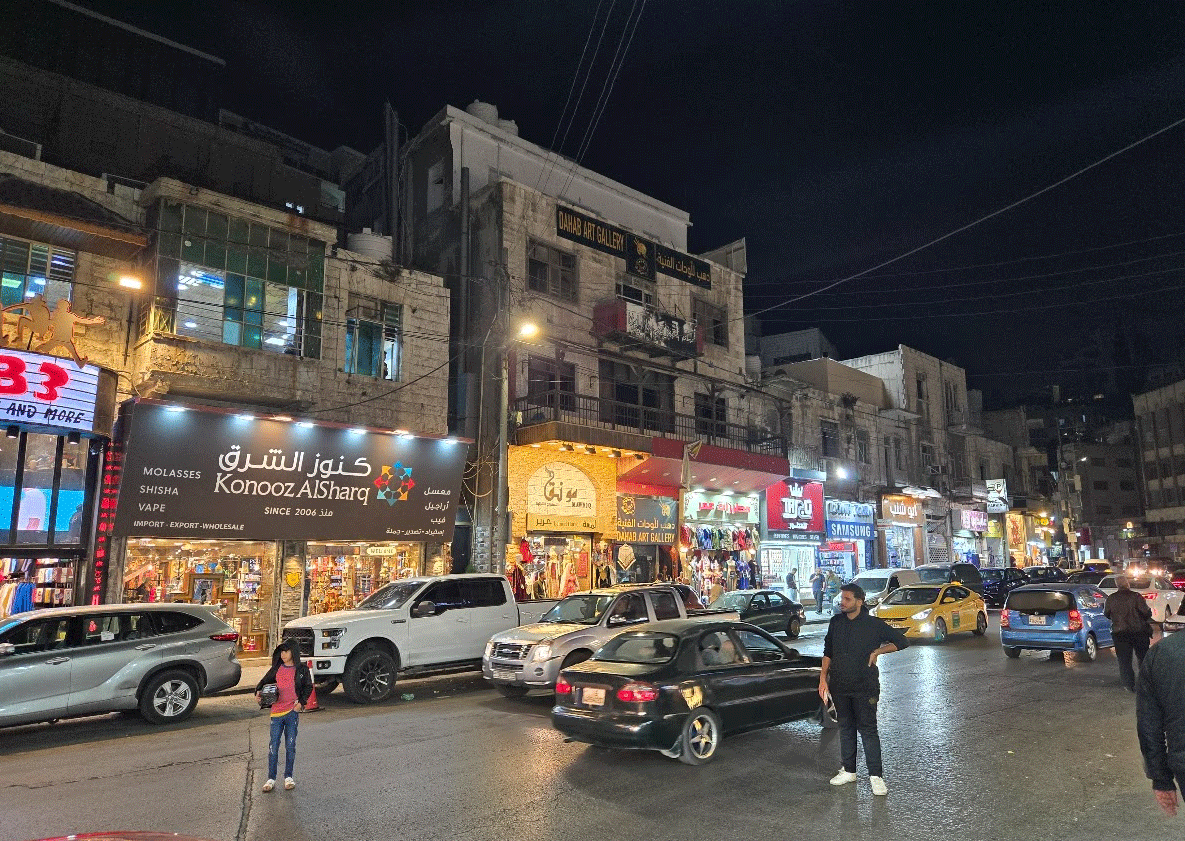
Video of street: https://photos.app.goo.gl/Lmmwx5Eodtj4S3Cd6
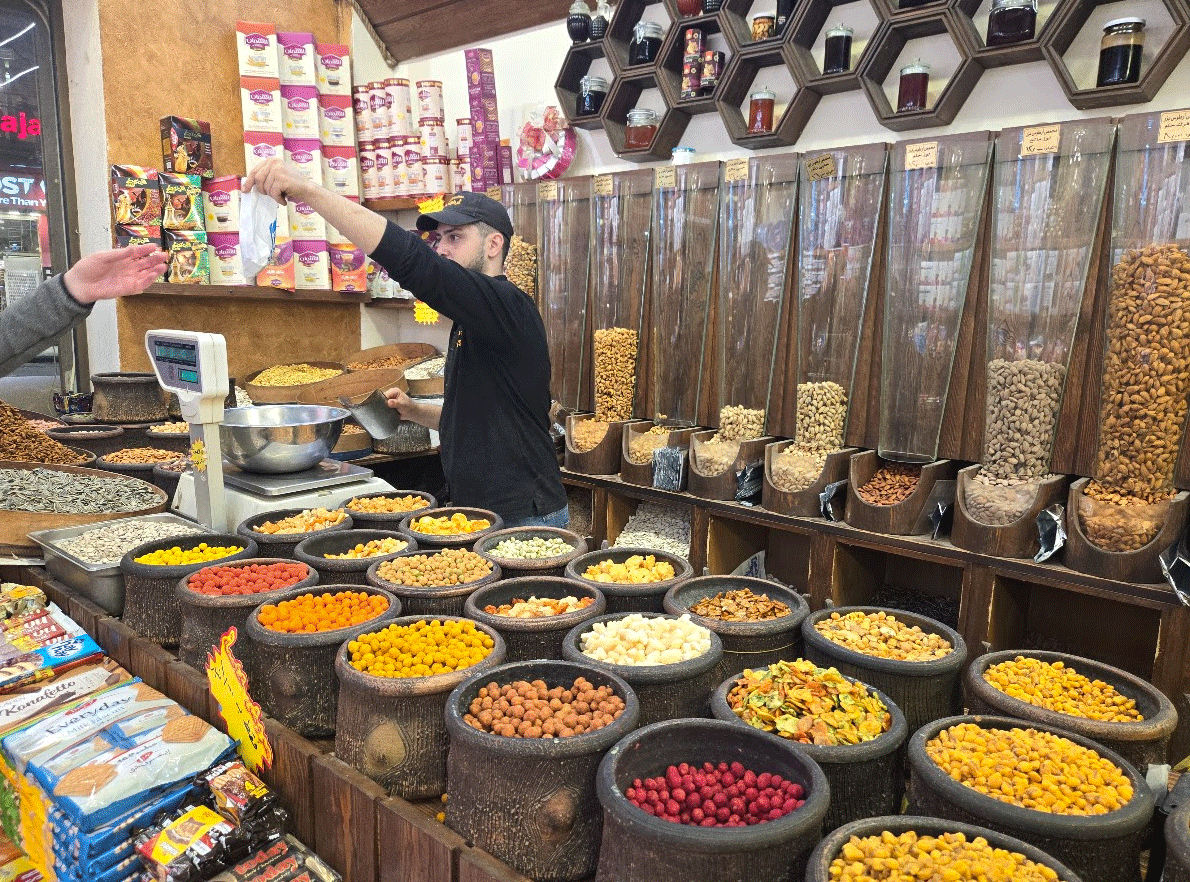
Hashem Restaurant, a humble establishment in the heart of downtown, proves that sometimes the best food comes without pretense. This no-frills eatery has been serving some of the city’s finest falafel and hummus since 1952. Its greatest claim to fame? King Abdullah II himself has been known to stop by for a midnight snack, sitting at the same simple tables as everyone else. The royal seal of approval has only confirmed what locals have known for decades – this is authentic Jordanian cuisine at its finest.
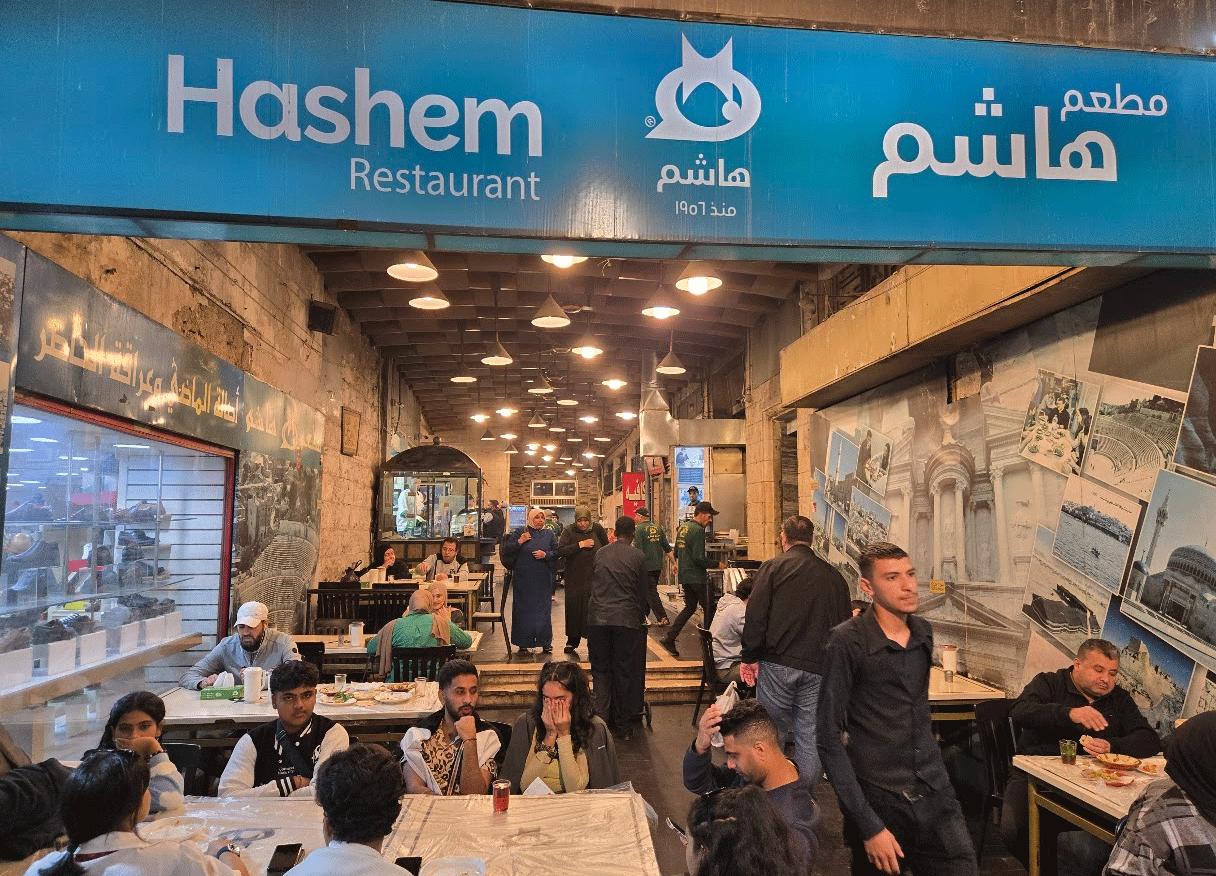

Rainbow Street, a meandering thoroughfare in old Amman, captures the city’s evolution from traditional to trendy. Housed in early 20th-century villas, hip cafes and art galleries sit alongside traditional coffee houses where elderly men still gather to play backgammon. As day turns to night, the street comes alive with young Ammanis strolling between boutiques and restaurants, while the outdoor terraces offer spectacular views of the city lights twinkling across the hills, creating a perfect blend of old-world charm and contemporary cool.
